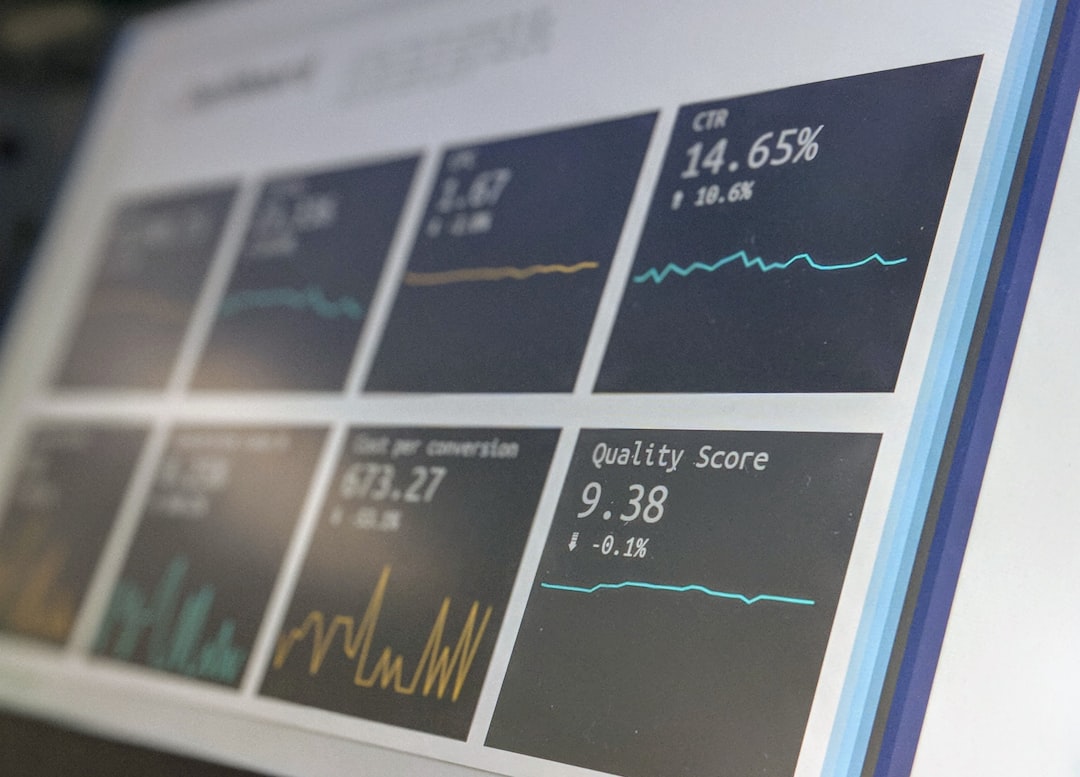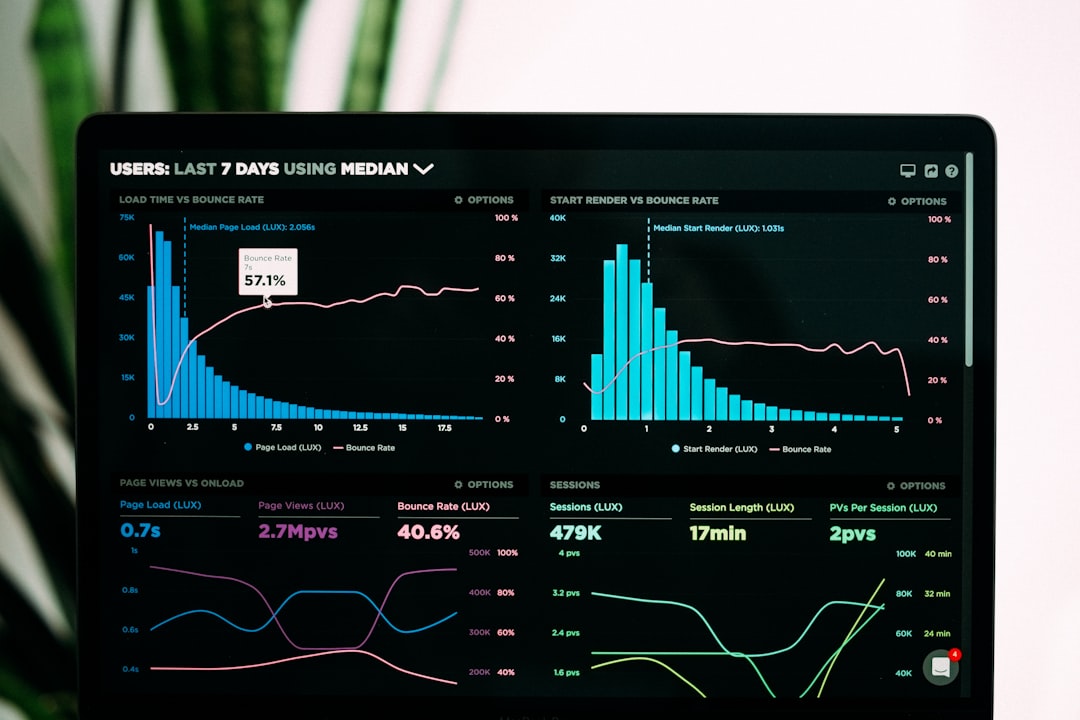
A Guide to Finding Historical Economic Data Online
# Introduction. In an age where data drives decision-making, historical economic data serves as a crucial component for researchers, students, and professionals alike. Understanding past economic trends helps in shaping strategies for future growth and stability. Whether you are an academic looking for data for your research paper or a business professional crafting reports, knowing where to find reliable historical economic data online is essential. ## Understanding the Importance of Historical Economic Data. Historical economic data is a valuable asset for anyone involved in economic analysis. It enables researchers to identify trends, understand the impacts of past policies, and analyze shifts in market behavior. For instance, economists often refer to historical data to draw parallels between past recessions and the current economic climate. By leveraging this data, businesses can also gauge the potential risk of market fluctuations and make informed decisions. ## Government Databases and Resources. One of the most reliable sources of historical economic data comes from government agencies. Various national statistical offices maintain extensive databases filled with economic indicators. - **Federal Reserve Economic Data (FRED)**: Maintained by the Federal Reserve Bank of St. Louis, FRED offers a comprehensive set of economic data, including interest rates, inflation rates, and employment statistics. Users can visualize and manipulate data through powerful analytical tools. - **Bureau of Economic Analysis (BEA)**: The BEA provides statistics about the U.S. economy, including Gross Domestic Product (GDP), personal income, and regional economic data. Their vast array of data sets aids in understanding economic progress at both national and local levels. ## International Economic Organizations. Various international organizations compile and publish global economic data that is vital for cross-country analysis. Here are a few noteworthy mentions: - **World Bank**: The World Bank provides extensive datasets on global development indicators, including economic growth, poverty levels, and education statistics. The World Development Indicators database is particularly useful for researchers interested in understanding the economic landscape of different countries. - **International Monetary Fund (IMF)**: The IMF offers economic data through its World Economic Outlook reports, which provide forecasts and analysis on global economic prospects. The IMF also maintains a dataset known as the International Financial Statistics (IFS). ## Academic and Research Institutions. Several universities and research institutions also serve as repositories for historical economic data. These establishments often have dedicated research centers focused on economic analysis. - **National Bureau of Economic Research (NBER)**: NBER provides a plethora of research papers and economic datasets, covering various topics from business cycles to labor economics. However, access may occasionally require institutional credentials. - **OECD Economic Outlook**: The OECD offers a range of economic data and reports specific to its member countries. They provide annual reports that analyze economic frameworks and improvements across different regions. ## Online Data Portals and Research Services. Digital platforms have revolutionized how data is accessed. Various online data platforms offer user-friendly interfaces to retrieve historical economic data effortlessly. - **Quandl**: Quandl is an extensive data platform that allows users to find a multitude of datasets, including those pertaining to finance and economics. The service aggregates data from various sources, providing a one-stop-shop for historical economic indicators. - **Statista**: Statista consolidates statistics from over 22,500 sources, presenting users with industry-specific economic data that can be easily visualized through charts and graphs. ## Tips for Navigating Data Sets Efficiently. When diving into historical economic data, consider the following tips for effective navigation: - **Define Your Focus**: Clearly outline the specific data points you need. Focus your queries on relevant time frames and economic indicators, such as employment rates, inflation, or GDP growth. - **Check Credibility**: Always verify the reliability of the source from which you obtain data. Preference should be given to government agencies and recognized global organizations. - **Utilize Filters**: Many databases allow users to filter datasets based on criteria like year, region, or economic sector, making it easier to locate the information you seek. ## Conclusion. Accessing historical economic data online is vital for conducting thorough economic analyses and making informed decisions. From government databases to international organizations and academic repositories, a wealth of resources is available to those willing to look. By leveraging these resources, you will not only deepen your understanding of past economic events but also position yourself to make strategic decisions based on informed data analysis. ## Images Search Tags. "historical economic data online resources" .






